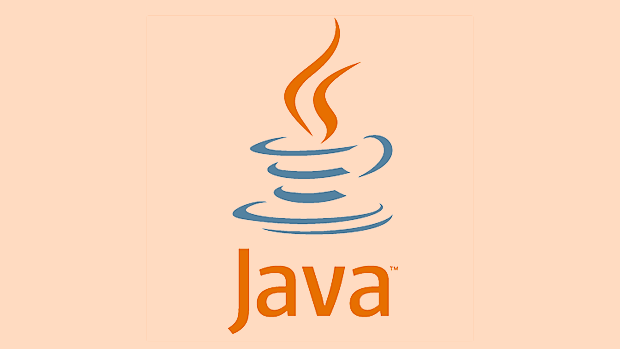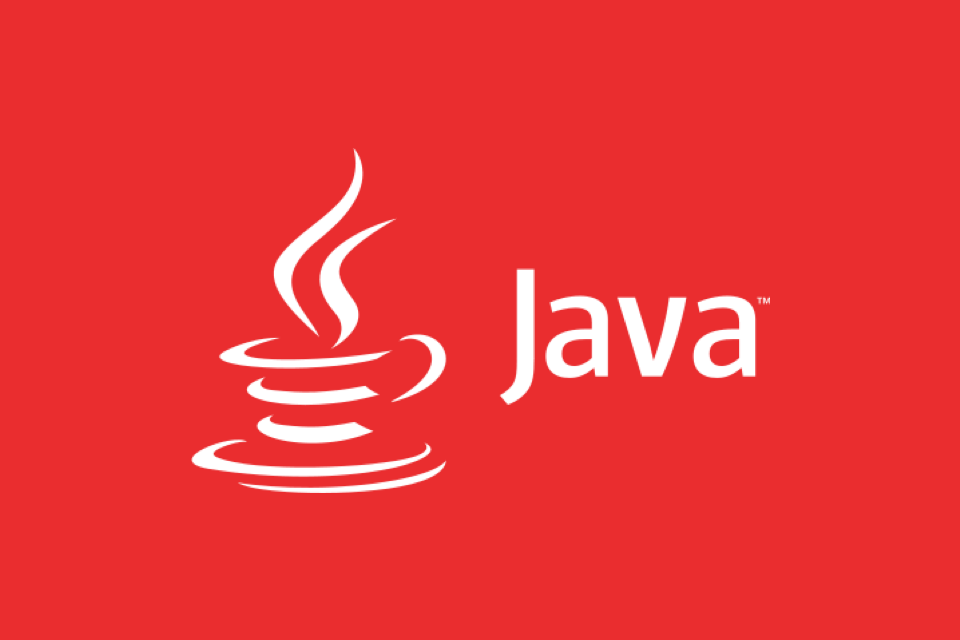The Java Reflection API allows you to check and operate components such as classes, methods, fields at runtime, so that the code has dynamic adaptability. It can be used to discover class structures, access private fields, call methods dynamically, and create instances of unknown classes. It is commonly found in frameworks such as Spring and Hibernate, and is also used in scenarios such as serialization libraries, testing tools, and plug-in systems. 1. The dependency injection framework realizes automatic assembly through reflection; 2. The serialization library uses reflection to read object fields to generate JSON; 3. The test tool uses reflection to call the test method and generates a proxy; 4. The plug-in system dynamically loads and executes external classes with the help of reflection. However, it is necessary to pay attention to performance overhead, security restrictions, packaging corruption and lack of security during the compile period, and should be used with caution to avoid unnecessary complexity and errors.

Java Reflection API lets you inspect and manipulate classes, methods, fields, and other components of a Java program at runtime. It's a powerful tool that gives you the ability to work with code dynamically — even if you don't know exactly what classes or methods are available when you're writing your code.

This capability comes in handy in many real-world scenarios, especially when flexibility and runtime adaptability are needed.
What Can You Do With Reflection?
With the Reflection API, you can:

- Discover class structure (like method names, parameters, return types)
- Access and modify private fields
- Invoke methods dynamically
- Create instances of classes without knowing their names ahead of time
For example, you might load a class by its name from a configuration file, call a method on it based on user input, or access internal state for debugging purposes.
One common use is in frameworks like Spring or Hibernate, which rely heavily on reflection to wire dependencies or map database rows to objects without requiring manual boilerplate code.

Common Use Cases for Java Reflection
1. Dependency Injection Frameworks
Frameworks like Spring use reflection to automatically inject dependencies. When you annotate a field or constructor with @Autowired , Spring uses reflection to find and instantiate the required classes at runtime.
How it works:
- The framework scans for annotated classes
- Uses reflection to inspect constructors or fields
- Instantiates and wires dependencies as needed
Without reflection, this kind of dynamic wiring wouldn't be possible.
2. Serialization and Deserialization Libraries
Libraries such as Jackson or Gson use reflection to convert Java objects into JSON and vice versa. They inspect the object's fields, including private ones, and read/write their values dynamically.
For example:
MyObject obj = new MyObject();
obj.setName("Test");
String json = gson.toJson(obj); // uses reflection internallyThese libraries don't need getters/setters for every field because they can directly access them via reflection.
3. Testing Tools and Mocking Frameworks
Tools like Mockito and JUnit make heavy use of reflection to invoke test methods, inspect annotations like @Test , and mock behavior by dynamically generating proxy classes.
If you've ever used something like:
when(mockedList.get(0)).thenReturn("first"); That get method is being intercepted using reflection and bytecode manipulation behind the scenes.
4. Plugin Systems and Dynamic Class Loading
Applications that support plugins often load .jar files at runtime and inspect their contents using reflection. This allows the app to discover and run new features without recompilation.
Example flow:
- Load a
.jarfile - Get a list of classes inside
- Check if they implement a known interface
- Instantiate and use them accordingly
This pattern is used in IDEs, game mods, and modular enterprise apps.
Things to Keep in Mind When Using Reflection
Reflection is powerful, but not without downsides:
- Performance Overhead : Reflective operations are slower than direct calls.
- Security Restrictions : Some environments restrict reflective access for security reasons.
- Accessing Private Members : While possible, it breaks encapsulation and should be done carefully.
- Compile-Time Safety Lost : Mistakes like wrong method names won't show up until runtime.
Also, always remember to set setAccessible(true) if you're accessing private fields or methods, otherwise you'll get IllegalAccessException.
Reflection isn't something you reach for every day, but when you need it — like when building generic libraries or tools — it's indispensable. Just keep it focused and avoid overusing it unless necessary.
Basically that's it.
The above is the detailed content of What is Java Reflection API and its use cases?. For more information, please follow other related articles on the PHP Chinese website!

Hot AI Tools

Undress AI Tool
Undress images for free

Undresser.AI Undress
AI-powered app for creating realistic nude photos

AI Clothes Remover
Online AI tool for removing clothes from photos.

Clothoff.io
AI clothes remover

Video Face Swap
Swap faces in any video effortlessly with our completely free AI face swap tool!

Hot Article

Hot Tools

Notepad++7.3.1
Easy-to-use and free code editor

SublimeText3 Chinese version
Chinese version, very easy to use

Zend Studio 13.0.1
Powerful PHP integrated development environment

Dreamweaver CS6
Visual web development tools

SublimeText3 Mac version
God-level code editing software (SublimeText3)

Hot Topics
 Differences Between Callable and Runnable in Java
Jul 04, 2025 am 02:50 AM
Differences Between Callable and Runnable in Java
Jul 04, 2025 am 02:50 AM
There are three main differences between Callable and Runnable in Java. First, the callable method can return the result, suitable for tasks that need to return values, such as Callable; while the run() method of Runnable has no return value, suitable for tasks that do not need to return, such as logging. Second, Callable allows to throw checked exceptions to facilitate error transmission; while Runnable must handle exceptions internally. Third, Runnable can be directly passed to Thread or ExecutorService, while Callable can only be submitted to ExecutorService and returns the Future object to
 Asynchronous Programming Techniques in Modern Java
Jul 07, 2025 am 02:24 AM
Asynchronous Programming Techniques in Modern Java
Jul 07, 2025 am 02:24 AM
Java supports asynchronous programming including the use of CompletableFuture, responsive streams (such as ProjectReactor), and virtual threads in Java19. 1.CompletableFuture improves code readability and maintenance through chain calls, and supports task orchestration and exception handling; 2. ProjectReactor provides Mono and Flux types to implement responsive programming, with backpressure mechanism and rich operators; 3. Virtual threads reduce concurrency costs, are suitable for I/O-intensive tasks, and are lighter and easier to expand than traditional platform threads. Each method has applicable scenarios, and appropriate tools should be selected according to your needs and mixed models should be avoided to maintain simplicity
 Understanding Java NIO and Its Advantages
Jul 08, 2025 am 02:55 AM
Understanding Java NIO and Its Advantages
Jul 08, 2025 am 02:55 AM
JavaNIO is a new IOAPI introduced by Java 1.4. 1) is aimed at buffers and channels, 2) contains Buffer, Channel and Selector core components, 3) supports non-blocking mode, and 4) handles concurrent connections more efficiently than traditional IO. Its advantages are reflected in: 1) Non-blocking IO reduces thread overhead, 2) Buffer improves data transmission efficiency, 3) Selector realizes multiplexing, and 4) Memory mapping speeds up file reading and writing. Note when using: 1) The flip/clear operation of the Buffer is easy to be confused, 2) Incomplete data needs to be processed manually without blocking, 3) Selector registration must be canceled in time, 4) NIO is not suitable for all scenarios.
 Best Practices for Using Enums in Java
Jul 07, 2025 am 02:35 AM
Best Practices for Using Enums in Java
Jul 07, 2025 am 02:35 AM
In Java, enums are suitable for representing fixed constant sets. Best practices include: 1. Use enum to represent fixed state or options to improve type safety and readability; 2. Add properties and methods to enums to enhance flexibility, such as defining fields, constructors, helper methods, etc.; 3. Use EnumMap and EnumSet to improve performance and type safety because they are more efficient based on arrays; 4. Avoid abuse of enums, such as dynamic values, frequent changes or complex logic scenarios, which should be replaced by other methods. Correct use of enum can improve code quality and reduce errors, but you need to pay attention to its applicable boundaries.
 How Java ClassLoaders Work Internally
Jul 06, 2025 am 02:53 AM
How Java ClassLoaders Work Internally
Jul 06, 2025 am 02:53 AM
Java's class loading mechanism is implemented through ClassLoader, and its core workflow is divided into three stages: loading, linking and initialization. During the loading phase, ClassLoader dynamically reads the bytecode of the class and creates Class objects; links include verifying the correctness of the class, allocating memory to static variables, and parsing symbol references; initialization performs static code blocks and static variable assignments. Class loading adopts the parent delegation model, and prioritizes the parent class loader to find classes, and try Bootstrap, Extension, and ApplicationClassLoader in turn to ensure that the core class library is safe and avoids duplicate loading. Developers can customize ClassLoader, such as URLClassL
 Exploring Different Synchronization Mechanisms in Java
Jul 04, 2025 am 02:53 AM
Exploring Different Synchronization Mechanisms in Java
Jul 04, 2025 am 02:53 AM
Javaprovidesmultiplesynchronizationtoolsforthreadsafety.1.synchronizedblocksensuremutualexclusionbylockingmethodsorspecificcodesections.2.ReentrantLockoffersadvancedcontrol,includingtryLockandfairnesspolicies.3.Conditionvariablesallowthreadstowaitfor
 Handling Common Java Exceptions Effectively
Jul 05, 2025 am 02:35 AM
Handling Common Java Exceptions Effectively
Jul 05, 2025 am 02:35 AM
The key to Java exception handling is to distinguish between checked and unchecked exceptions and use try-catch, finally and logging reasonably. 1. Checked exceptions such as IOException need to be forced to handle, which is suitable for expected external problems; 2. Unchecked exceptions such as NullPointerException are usually caused by program logic errors and are runtime errors; 3. When catching exceptions, they should be specific and clear to avoid general capture of Exception; 4. It is recommended to use try-with-resources to automatically close resources to reduce manual cleaning of code; 5. In exception handling, detailed information should be recorded in combination with log frameworks to facilitate later
 How does a HashMap work internally in Java?
Jul 15, 2025 am 03:10 AM
How does a HashMap work internally in Java?
Jul 15, 2025 am 03:10 AM
HashMap implements key-value pair storage through hash tables in Java, and its core lies in quickly positioning data locations. 1. First use the hashCode() method of the key to generate a hash value and convert it into an array index through bit operations; 2. Different objects may generate the same hash value, resulting in conflicts. At this time, the node is mounted in the form of a linked list. After JDK8, the linked list is too long (default length 8) and it will be converted to a red and black tree to improve efficiency; 3. When using a custom class as a key, the equals() and hashCode() methods must be rewritten; 4. HashMap dynamically expands capacity. When the number of elements exceeds the capacity and multiplies by the load factor (default 0.75), expand and rehash; 5. HashMap is not thread-safe, and Concu should be used in multithreaded






